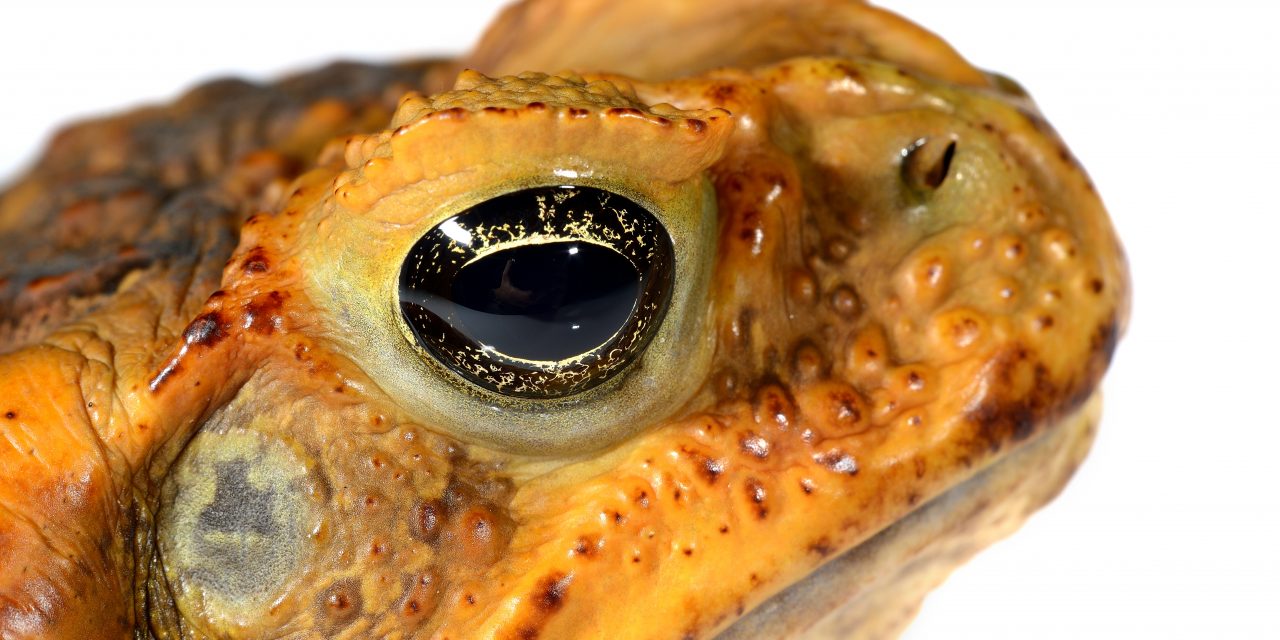
Warts and Remedies

If you look up “wart” in Dorland’s Illustrated Medical Dictionary you will find that there are twenty-six varieties of warts. For this article, we will confine ourselves to just three of the various varieties – common, plantar and seed. Some of the others fall under the category of STDs and other “social afflictions”. The plantar and common warts are familiar to most of us because one occurs on the plantar surface of the foot and hurts while the other is unsightly and occurs on the fingers, hands, etc. The seed wart is so named because it contains little black specks which are thrombosed elongated capillaries that extend into the substance of the wart.
Warts are generally considered to be viral in nature and thus any treatment that kills the virus should lead to the demise of the wart. Plantar warts are usually contracted in a locker room, shower or just about any area where people are running around barefoot.
I once had a surgical resident tell me that plantar warts return quickly after excision and that the best way to get rid of them was to plant a potato in the back yard. And, when I was fourteen I developed a rather large plantar wart that caused severe pain when playing sports and the treatment of choice was to go to the hospital and have a cobalt treatment… I’m still waiting for leukemia to strike.
My preferred course of treatment is β-carotene because it is nontoxic and as yet has no side effects. β-carotene is converted to vitamin A in the body and tends to saturate the tissues making viral life tenuous at best. Adults are dosed at 150,000 I.U. a day; children are dosed 50,000 – 75,000 I.U. a day. A warning should be given to the parents of teenagers that β-carotene will tend to turn the skin slightly orange so they should refuse to let their teenagers dye their hair green as the offspring may then be confused for an oversized carrot.
In most cases of the plantar wart, the virus is killed within six to eight weeks and the wart falls out leaving a rather large hole that will close itself off. In the case of the plantar wart, I frequently find it helpful to fit a holed corn pad over the wart to relieve the pressure of the root being pushed into the tender dermis. In the summertime, I often add to this protocol by suggesting that they snap off the stem or leaf of unsprayed dandelion and add a drop of the milk to the wart and then apply a small piece of duct tape before applying the corn pad.
I have yet to have the above course of treatment fail, but should a wart survive the β-carotene we can discuss the use of Lauricidin which we will discuss in a couple of months when we talk about viral infections.


















